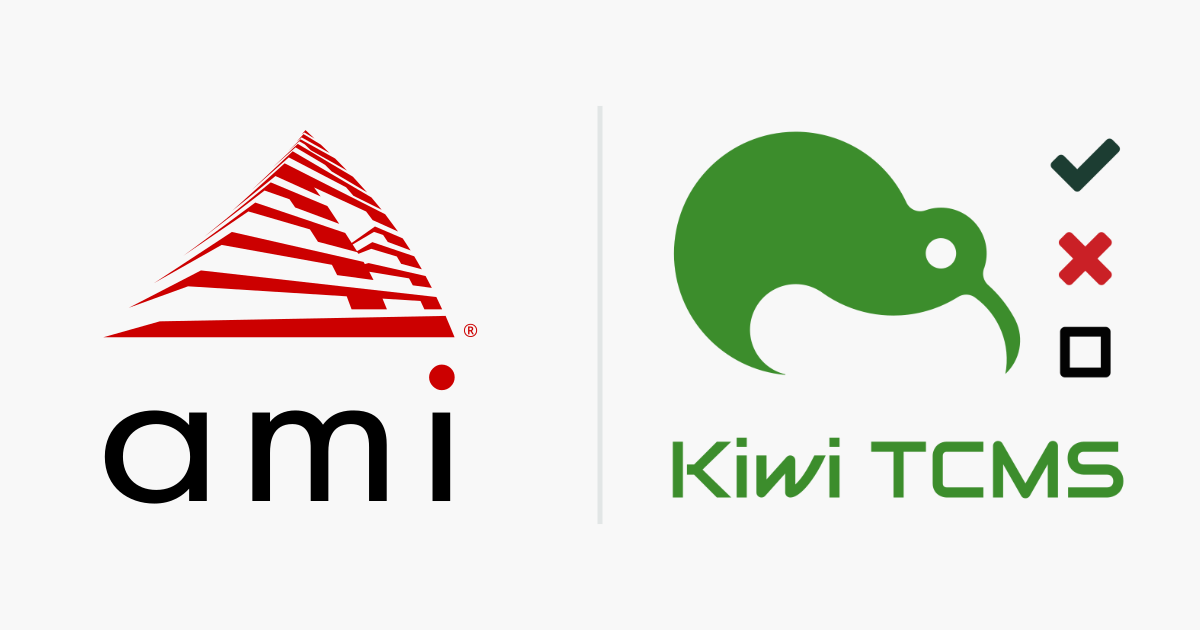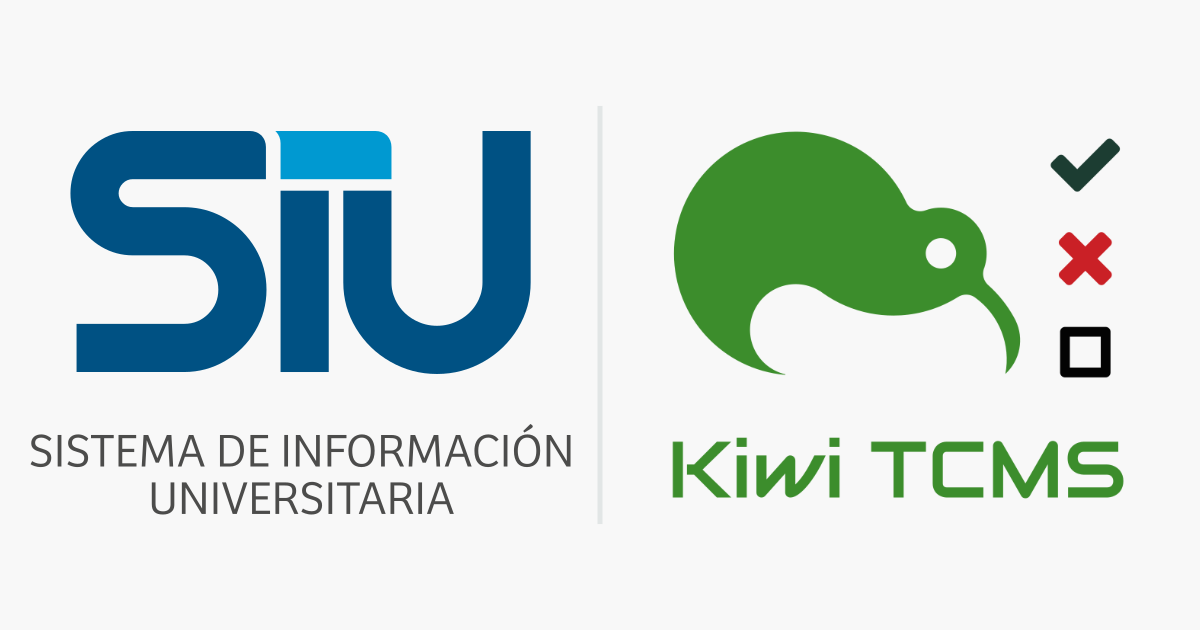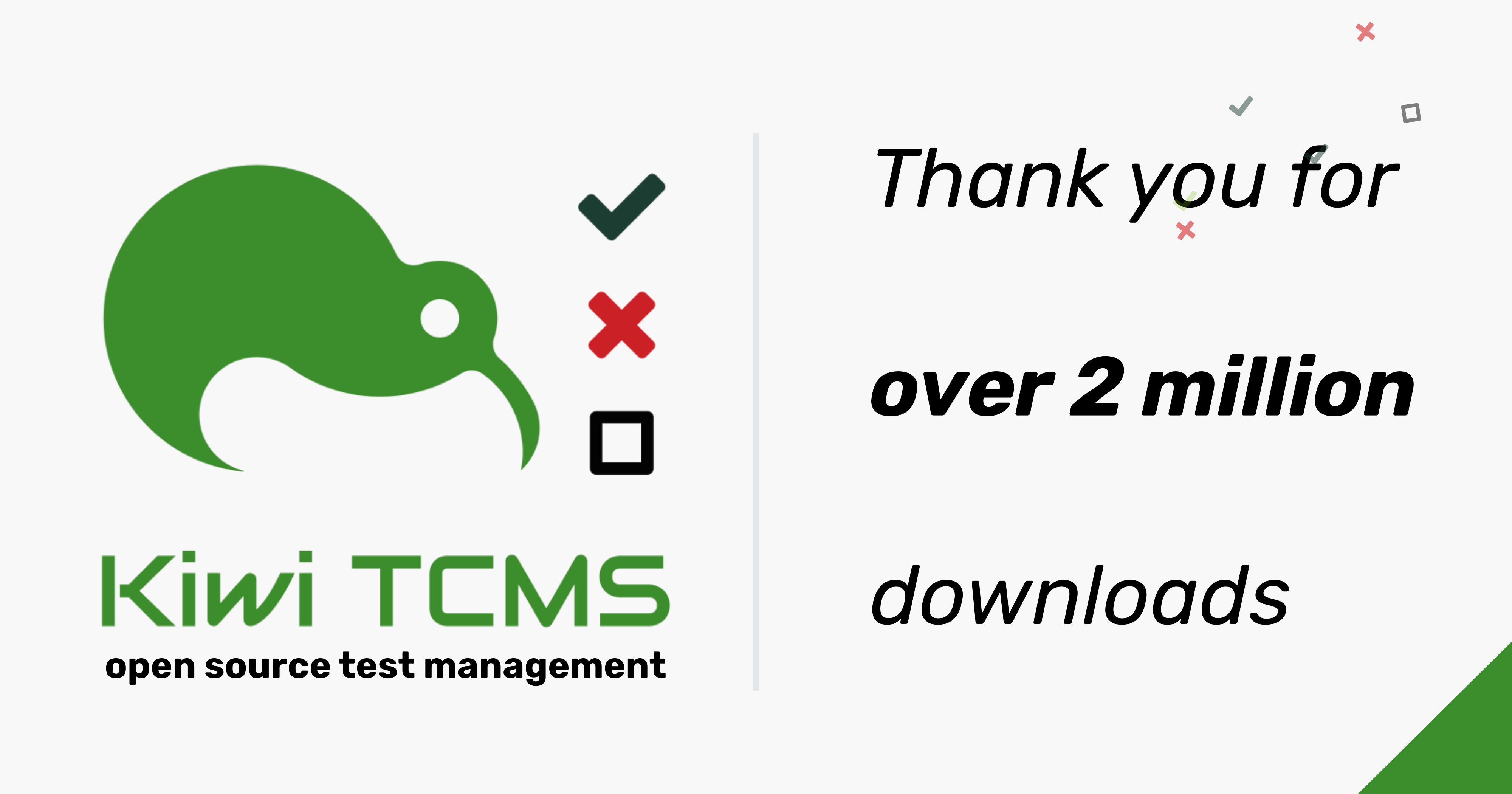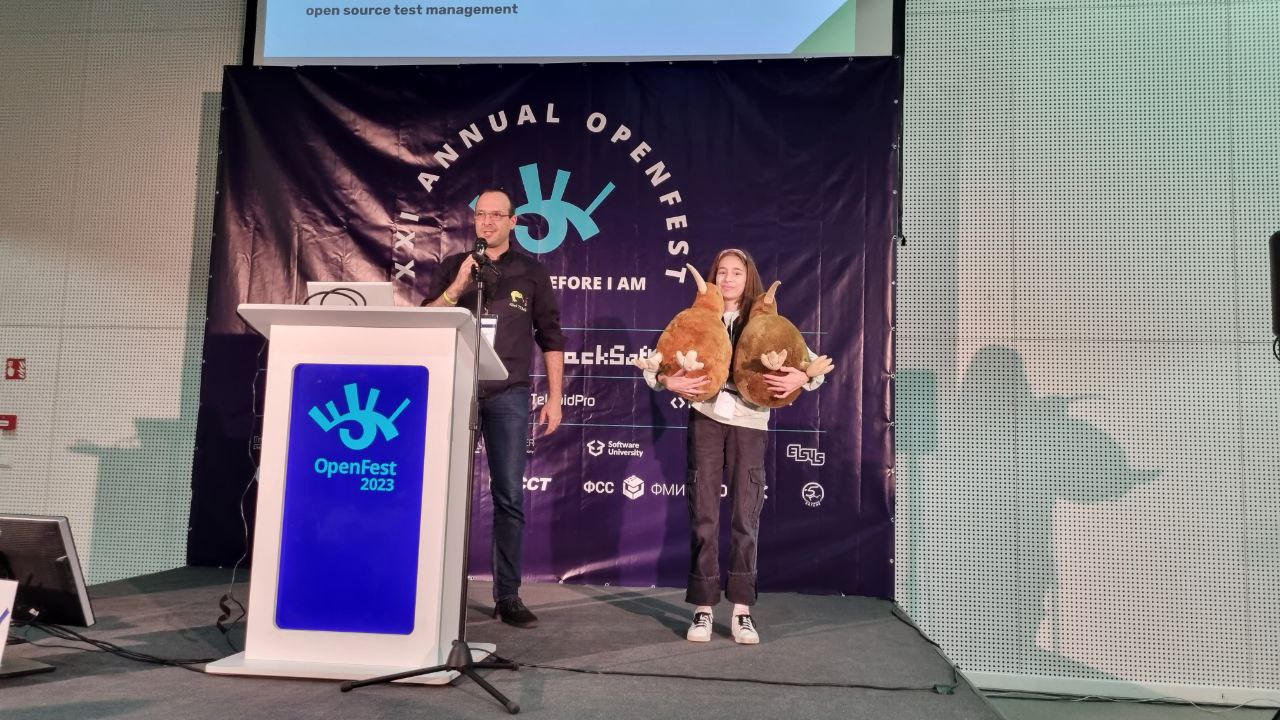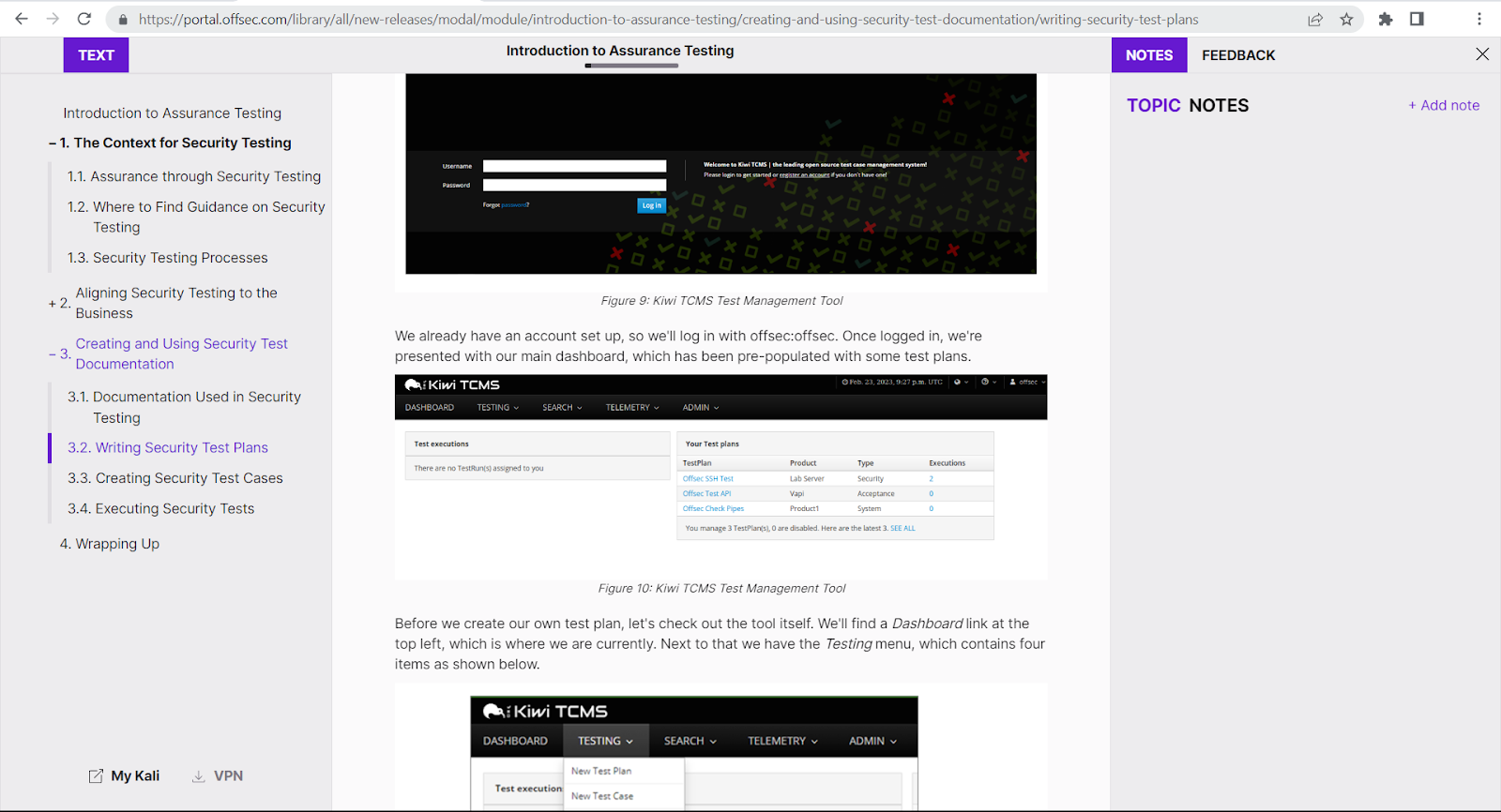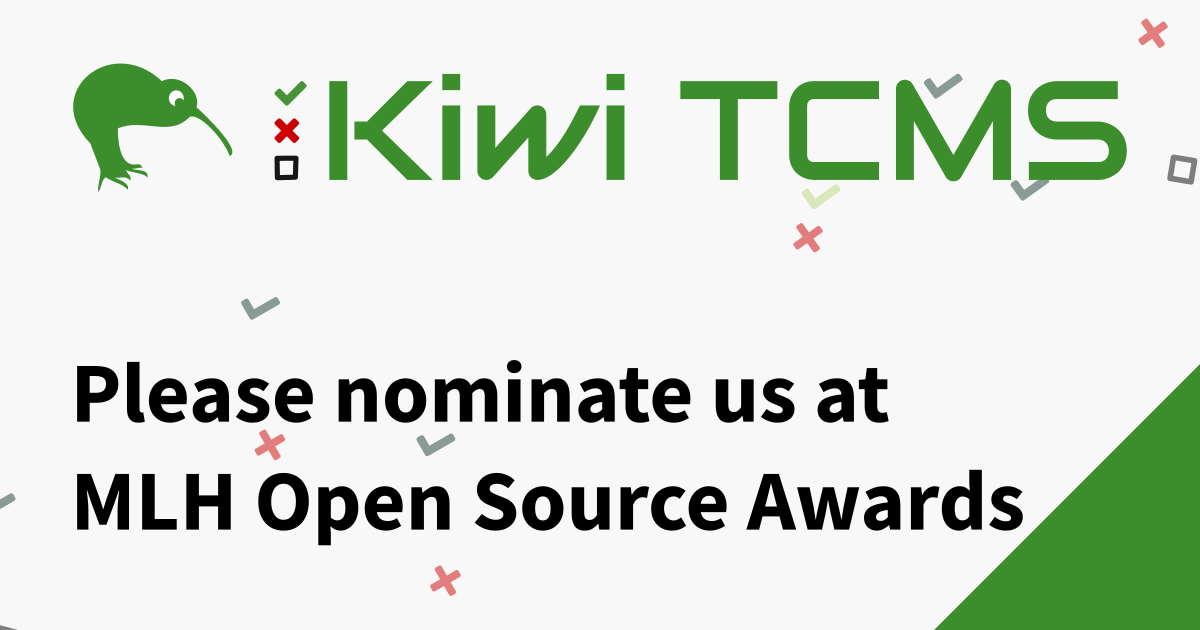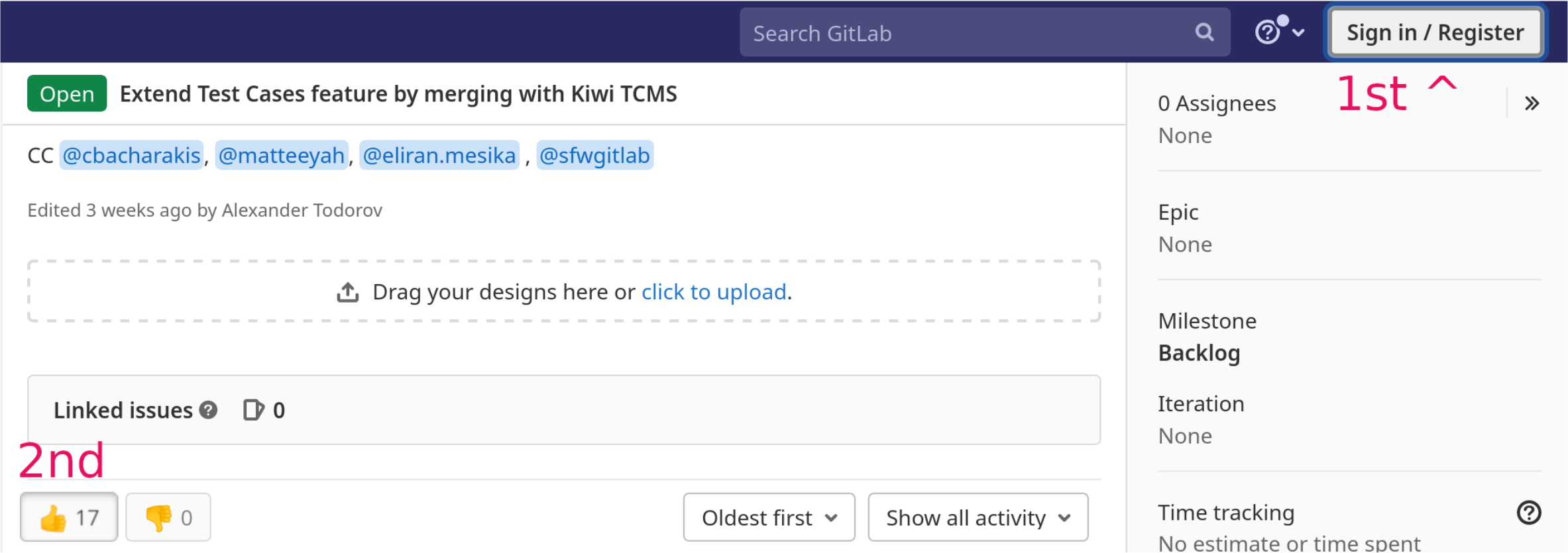
With 2025 drawing to an end Kiwi TCMS is happy to share some highlights from our usage statistics. It is really insightful to see the myriad of organizations using Kiwi TCMS.
Disclaimer: the information below was obtained via anonymous analytics and represents only instances of Kiwi TCMS which had recorded over 1000 events until 01 Dec 2025. We've used publicly available data in order to identify these organizations. Note that we don't keep track of individuals or IP addresses!
Numbers at a glance
- 14+ different versions deployed; most popular is v14.2
- 37 different countries with active usage
- 100+ different organizations with ongoing usage
- 400-500 users/day; upwards monthly trend
- ~200k total visits
- ~3.5M pages served
Argentina
Austria
- ams OSRAM AG
- Benteler - The family of driver professionals. Since 1876
Belarus
Brazil
- Cittamobi - Ônibus e Trilhos
- E-Gestora - Sistemas e Solucões
- Finnet - Conectando grandes empresas ao futuro financeiro
- FPFtech - Transformando conhecimento em Inovação
- Luna - A plataforma mais completa de meios de pagamento
- Midas Solutions
- NeoPath
- openxsolutions.com.br
- Pontotel - Plataforma de controle de ponto online
Bulgaria
- Platform Services - Integrated Project Management Platform
- SiteGround - Web Hosting Perfected
Canada
- BeLOCUM - Pharmacy & Dental Staffing Solutions
- DataFix - Election Modernization Experts
- Minto Group - Building better places to live since 1955
- NurseGPT - Revolutionize Nursing Home Charting with AI
- Twisted Mountain Animation - Your Partners In Production
China
- InfiMotion - leader in electric drive unit solutions for electric and hybrid vehicles
Estonia
- Brokeree - Turnkey Tech Solutions for Retail Brokers
France
- Airbus Cybersecurity
- e*Message - L'expert de l'alerte et des communications critiques
Germany
- CIB Group - Digitalisierung. Automatisierung. Künstliche Intelligenz
- EAS Engineering Automation Systems GmbH - CPQ solution
- Elatec RFID - Universal Access Control Solutions
- Eventim - Buy Original Tickets for Concerts, Sports and More
- NDR.de - Das Beste am Norden - Radio - Fernsehen - Nachrichten
- OPTITOOL GmbH - optimize your business
- OSRAM Licht AG
- TQ-Group
- UNITEDPRINT SE
Hungary
- Masterfield Training Centre
- Multilogic - Innovatív megoldások az okosszervezetekért
India
- Bosshire - Matching Top Talent with Quality Jobs
- CodeHall - Assembling code, Delivering Open Source success
- Fintrens - Automated Algo Trading
- Homeville Group - Financial technology and infrastructure company for housing finance ecosystem
- Innogenio - Imagine Inspire Impact
- Pratham Software (PSI) - Digital Product Engineering
- Sprylogic Technologies Ltd.
Indonesia
- BluePay - a mobile payment platform
- Eterno Global Technologies - Bring Intelligent Technology To Your Mine
- FORSTOK - Omnichannel selling made easy
- GOERS - Tickets, Events, Travel
- PT Aneka Search Indonesia
- TLab - Research & Development Company
Ireland
- Vryno - All-in-one CRM Solution Powered by Microsoft 365
Israel
- Cellact - Always connected
- Uco software development
Italy
- Messagenet - Operatore telefonico per il business
- Olivetti S.p.A. - Design meets Technology
Japan
- Communications Business Avenue, Inc. - leader in communication and contact center solutions
- Fujisan Magazine Service Co.,Ltd. - largest online magazine bookstore
- Nippon Computer Corporation
Kazakhstan
- Gamma Technologies
- SmartPlayer - Digital Signage Platform
Mexico
- The Robox - Fully Autonomous Drone System
Norway
- Adresseavisen AS - regional newspaper
- Pixii - technology partner for smart, modular and scalable battery based energy storage solutions
Paraguay
- Cast S.A. - Soluciones Móviles
Poland
- exa_22 - Mechatronika i systemy IoT
- NetCorner - Innowacyjna platforma e-commerce dla Twojego biznesu
- Fingoweb - Software Development Company
Portugal
- Bravantic - Evolving Technology
Serbia
- NITES - Smart Industry Solutions - Knowledge & Commitment
Singapore
- Bridgetek - high performance microcontroller units & display IC products
- ChimeraTool - professional software for the mobile phone servicing industry
- Kegmil - Simpler Smarter Field Service
- WeesWares - Mobile app design and development studio
Saudi Arabia
- CALX Consulting - Saudi Management Consultancy
South Africa
- Michanic - South Africa's Top Mobile Mechanics
Switzerland
- Medelexis AG
- MKS PAMP SA - state-of-the-art precious metals refinery
The Netherlands
- CleverEnable - technical foundation for mobile virtual network operators
Turkey
- Brandefense - All-in-One Digital Risk Protection Solution
UK
- AstraZeneca - Research-Based BioPharmaceutical Company
- Hiiro - your personal running coach
- Hyris - a tech-bio company
- Tribe Payments - Payments technology for Fintechs, Banks and Acquirers
USA
- Accure AI - Enterprise Operational AI Hub
- American Time - global manufacturer and distributor of synchronized time clocks and systems
- Analog Devices - Mixed-signal and digital signal processing ICs
- City Cheers - The Super App for the Hospitality Industry
- Curiosity Stream - on demand video streaming service
- DH2i - SQL Server HA Clustering & Software-Defined Perimeter
- Dynamic Ratings - Responsive Asset Health Solutions
- embedUR - Embedded Systems & Edge AI Experts
- Lithero - AI Agents for Health & Life Sciences Marketers
- Mobeats
- Red Hawk Technologies - Custom Software Development and Services
- Terragrit - virtualization engine for physical environments
- Wind River - Safe, Secure, Reliable
Academia & Education
- Carnegie Mellon University - USA
- Hochschule Konstanz - Germany
- Leibniz University Hannover - Germany
- Multimedia University - Malaysia's Leading Private University
- Radboud University - the Netherlands
- Sistema de Información Universitaria - Argentina
- TH Köln - Germany
- Wrocław University of Science and Technology - Poland
Government
- Bürokratt - virtual AI assistant by Information System Authority, Republic of Estonia
- HM Revenue & Customs - UK's tax, payments and customs authority
- Integrated Financial Management Information System - Government of Seychelles
- Ministero dell'Economia e delle Finanze - Ministry of Economy and Finance - Italy
- The Directorate General of Early Childhood Education, Primary Education and Secondary Education - Indonesia
- Ukrposhta - Ukraine's national post
Military & defense
- Airbus Cybersecurity
- U.S. Air Force - common computing environment
- US Army Corps of Engineers - Hydrologic Engineering Center
- U.S. Department of Defense - joint operations & support cloud environment
If you like what we're doing and how Kiwi TCMS supports various communities please help us!
- Give ⭐ on GitHub;
- Join our newsletter and follow all project news;
- Become a contributor and an awesome open source hacker;
- Become a subscriber and help us sustain development
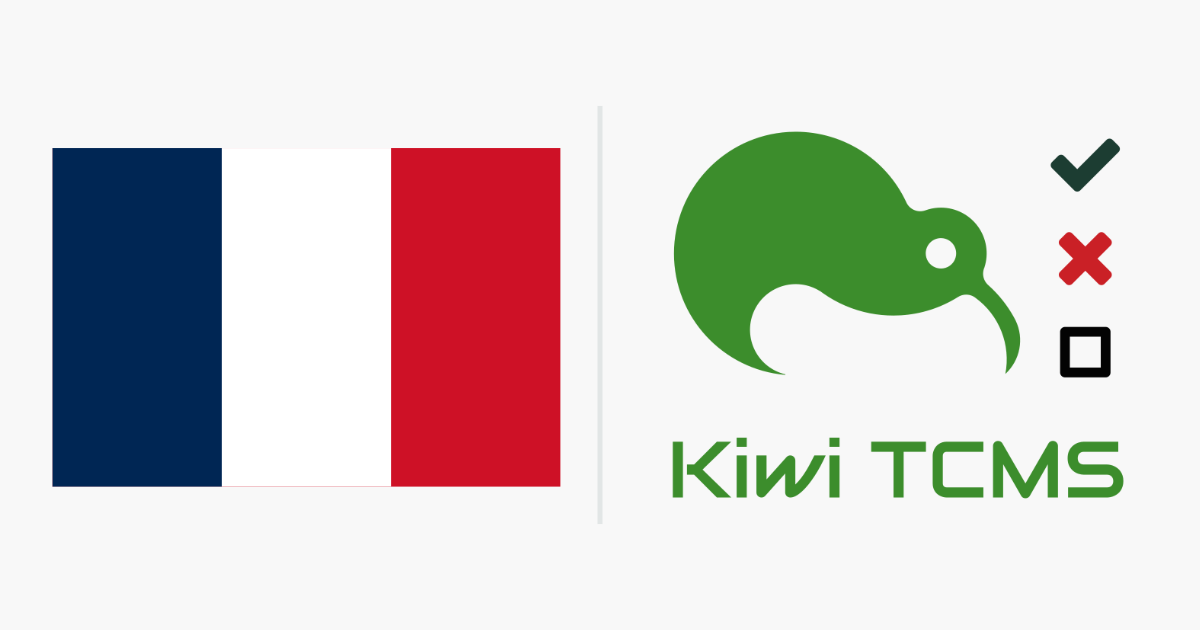
 Christophe CHAUVET - Python Developer and PostgreSQL architect
Christophe CHAUVET - Python Developer and PostgreSQL architect
 Nicolas AUVRAY - PhD in quantum physics, 0 A.D. team member
Nicolas AUVRAY - PhD in quantum physics, 0 A.D. team member
 Nicolas GELOT - Python lover, automation addict and trail runner
Nicolas GELOT - Python lover, automation addict and trail runner
 Antoine LORENCE - Freelance Python/Django developer, FOSS enthusiast
Antoine LORENCE - Freelance Python/Django developer, FOSS enthusiast

